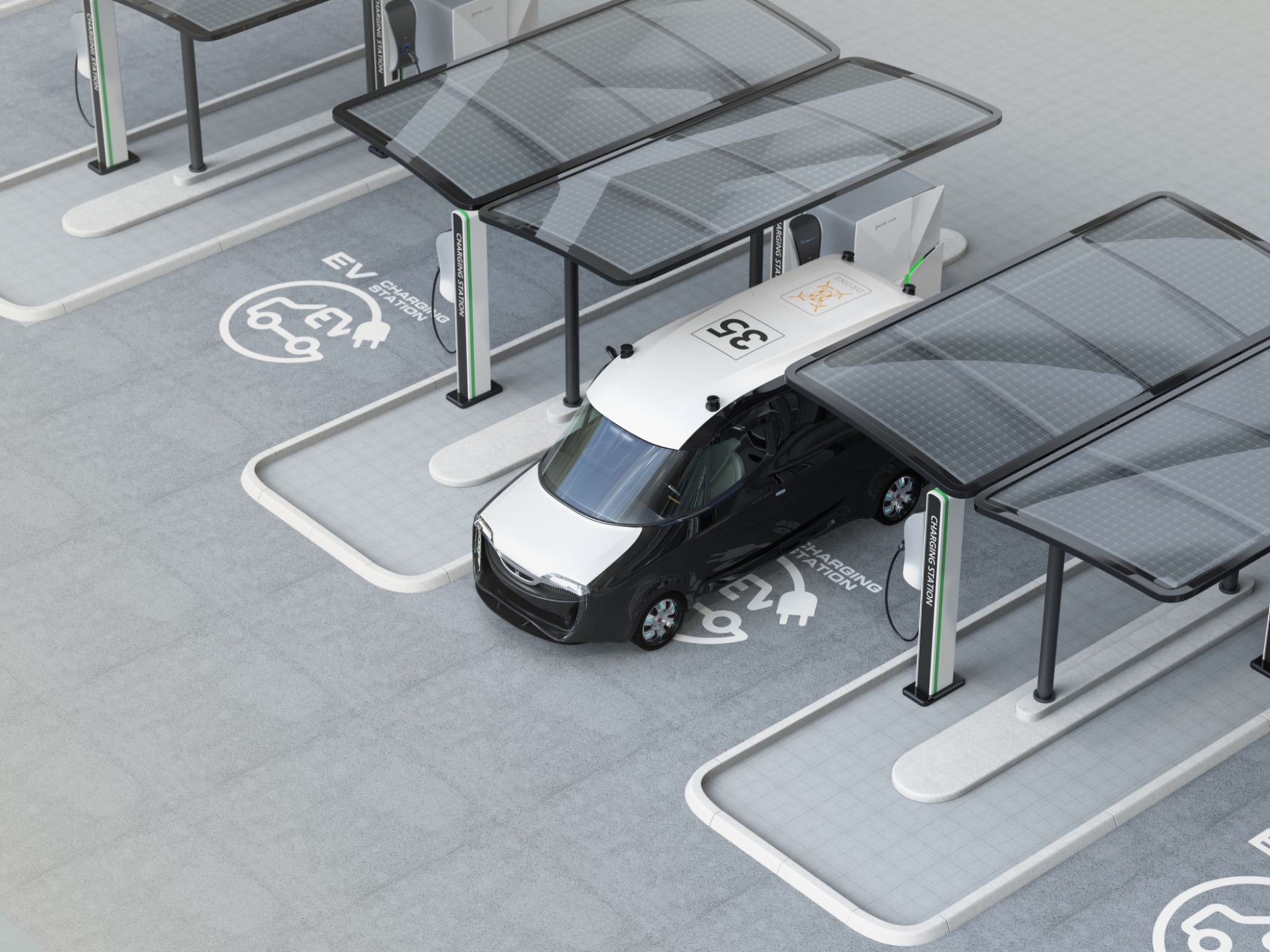Medium-Duty Electric Trucks: Making the Switch

Medium-duty trucks have a weight range from about 19,000 to 33,000 pounds. They're widely used in refuse collection, delivery and other applications. Most medium-duty trucks are diesel-fueled, but that's beginning to change.
Fleet operators across the country are considering making the switch to electric trucks to take advantage of their benefits in lower emissions, quieter operation and reduced maintenance. Also, the cost differential between diesel and electric models is now near parity. If you think electric trucks may be right for your fleet, these best practices can help make the conversion a successful one.
Team up. Establish an internal cross-functional electrification task force that aligns procurement, fleet operations, engineering, maintenance and facilities teams. More broadly, include members from senior leadership, sustainability and finance.
Establish a connection. Reach out to all stakeholders — from drivers to top management — early and often to build consensus. Establish a forum to share ideas and concerns. Find out what myths about electric vehicles may be prevalent among stakeholders and take steps to dispel them.
Understand your needs. Specify minimum requirements for the electric trucks you want your fleet to deploy. Start by evaluating your current fleet; the number and size of vehicles, operational needs, miles traveled per year and so on.
Secure funding. Explore financing and funding opportunities and strategies early in the process. Determine ways to overcome possible budgeting barriers. Advanced Clean Tech news provides a summary of funding and incentives for clean vehicle and equipment deployments.
Calculate the costs and benefits. Model total cost of ownership, monetizing as many factors as possible. Previously unknown factors, such as maintenance, often become clearer and may turn into cost benefits. The North American Council for Fuel Efficiency provides a free calculator that compares diesel and gasoline truck investments against similar electric models.
Take charge. Lack of charging infrastructure is typically one of the top barriers in implementing electric fleets. Evaluate the existing electric transmission and distribution structure, the type and number of vehicles and how much charging is needed. Level 1, 2 and direct-current fast charging stations are available. Understand the differences between each so that you can better determine your charging needs.
Crunch the numbers. Deploying an optimal ratio of charging stations is critical to a successful conversion. Evaluate the number of parking locations and the time needed to charge to ensure normal fleet operations. Vehicle telematics data can be a valuable asset in determining where to site charging stations, how many charging ports to install and what level of chargers are necessary.
Optimize vehicle utilization. Save money and maximize your return on investment by taking steps to increase mileage per vehicle. Consolidating miles onto a lesser number of new vehicles is a good way to reduce costs, streamline the fleet and reduce operating and maintenance costs over the long term.
Careful planning and implementation will help ensure a smooth conversion process. You'll enjoy the benefits electric vehicles and save money and improve your fleet operations as well.